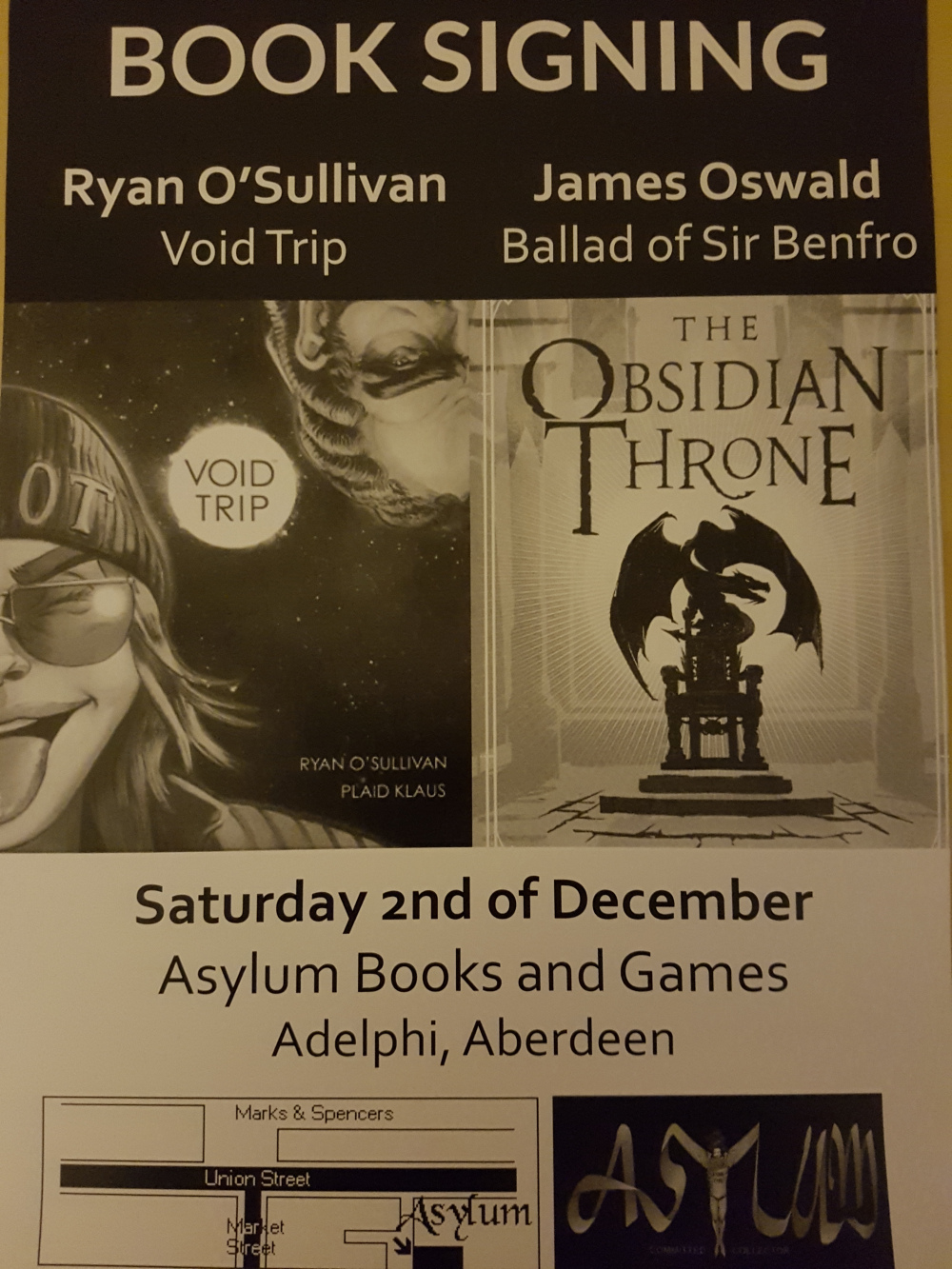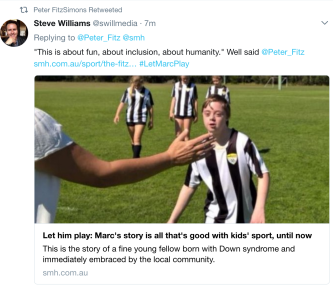How do you explain death to a child? Or to any one, for that matter? It changes meaning from when we read it in a book, watch it in a movie, to when we hear of it from people we know, see it in the family. And we form our own versions, derivations. And our own fears.
Duck, Death and the Tulip by Wolf Erlbruch speaks of death as a constant companion.
And to take notice of it, acknowledge it or deny it, is a choice.
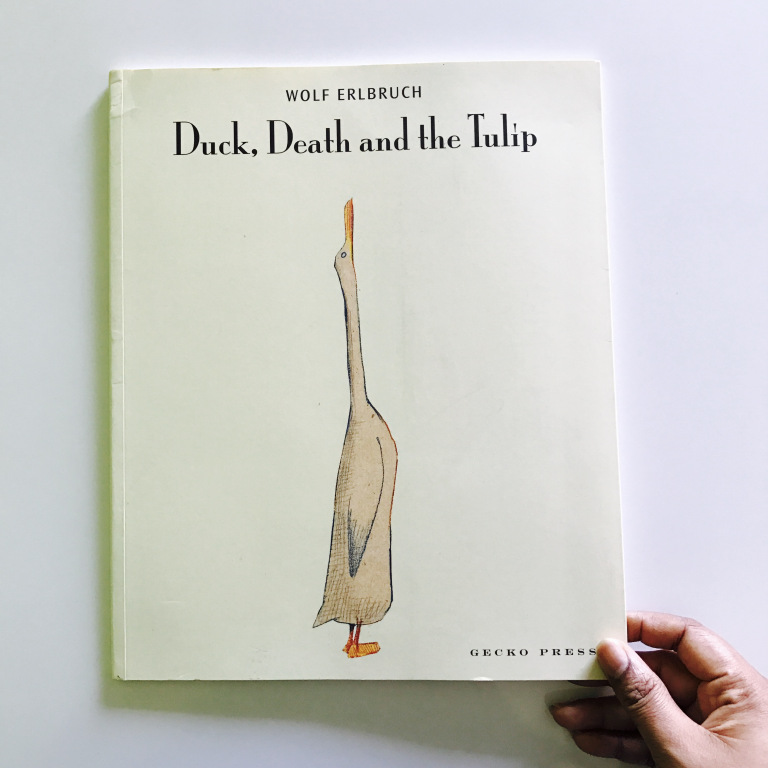
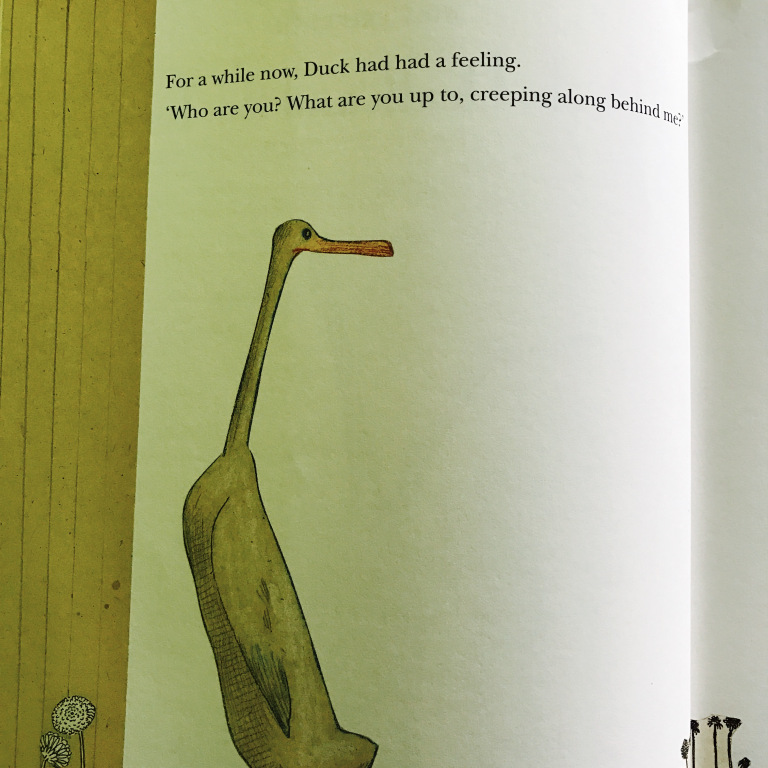


That expression! Sums up everything we think, when we think about death.
I couldn’t have imagined that a depiction of death using a skull would also show
so much peace and calm as in this book.
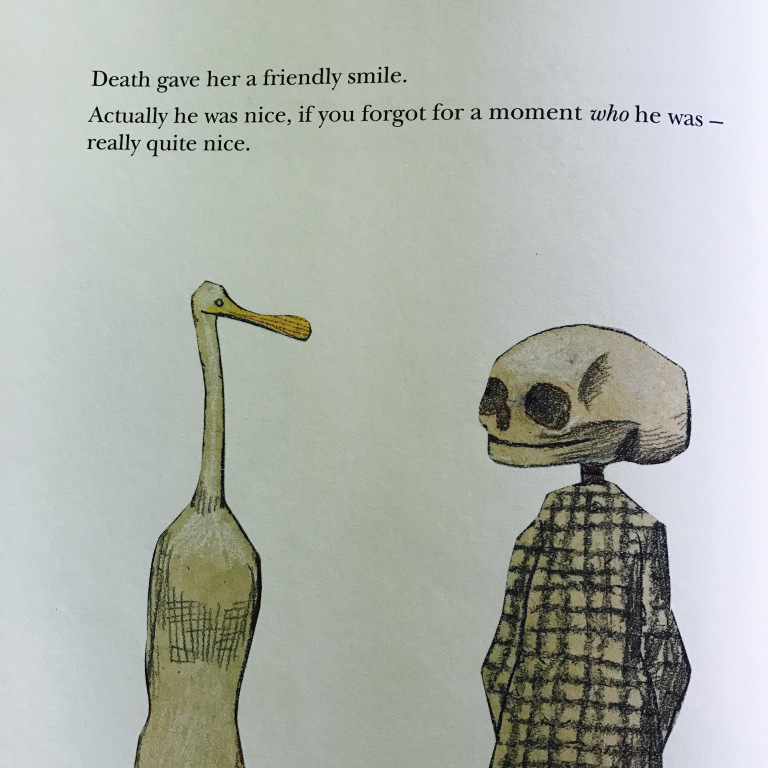
Is it possible to look at death kindly? And believe that it looks at us the same way?
Death goes along with the duck’s wish to be where the duck loves being, loves living – the pond. Even if it does seem uncomfortable.
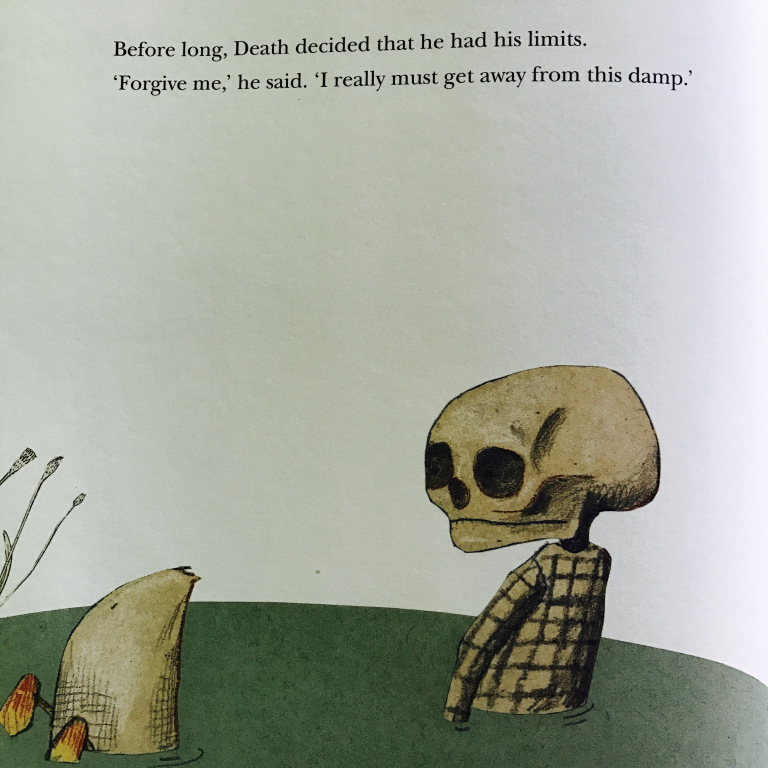

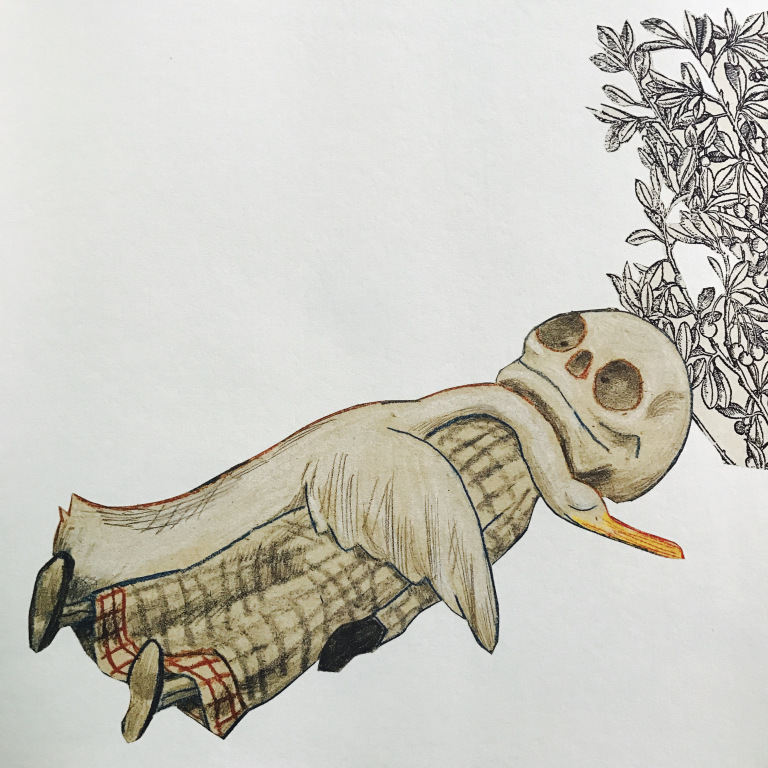
When you do forget the “who” and “what” about death, death is you and me. And you and I need friends. Does death make friends? And would we befriend it?
It will need trust and courage, like any relationship.
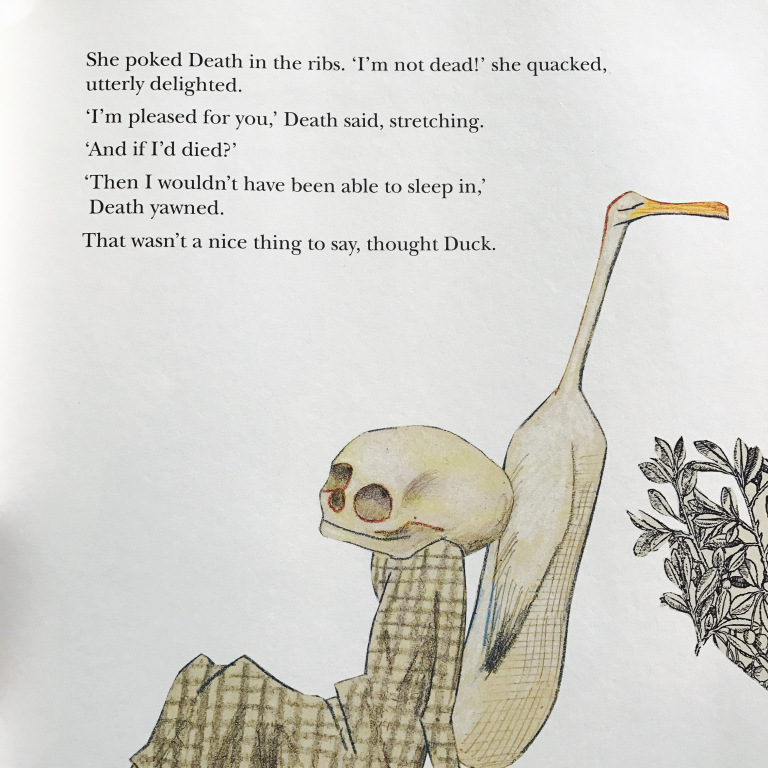
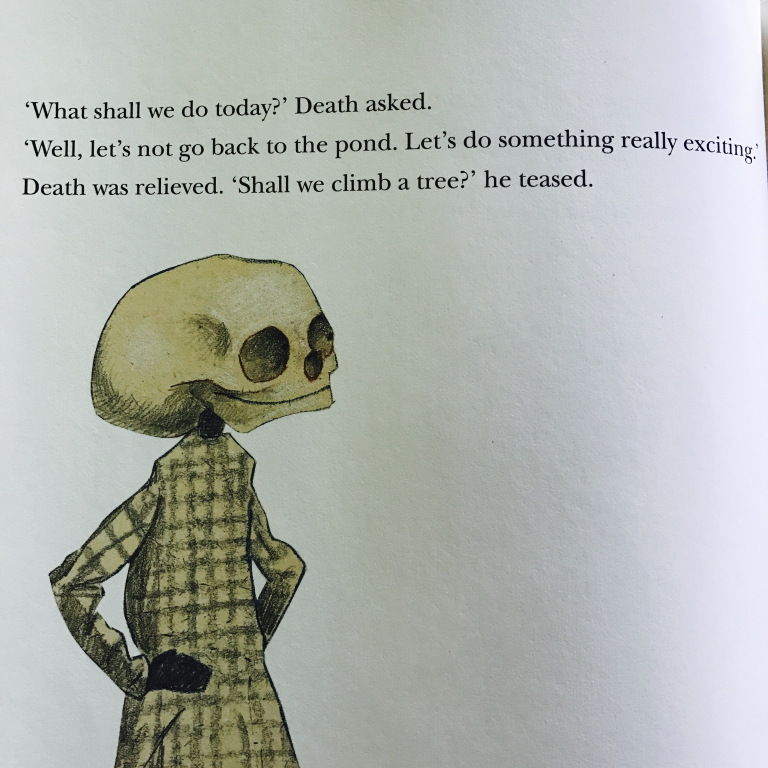
May be friendship with death is an exploration no other can let you experience. After all, you’ve left fear behind. What would you explore if you didn’t fear death, or the pain and uncertainty attached with it?
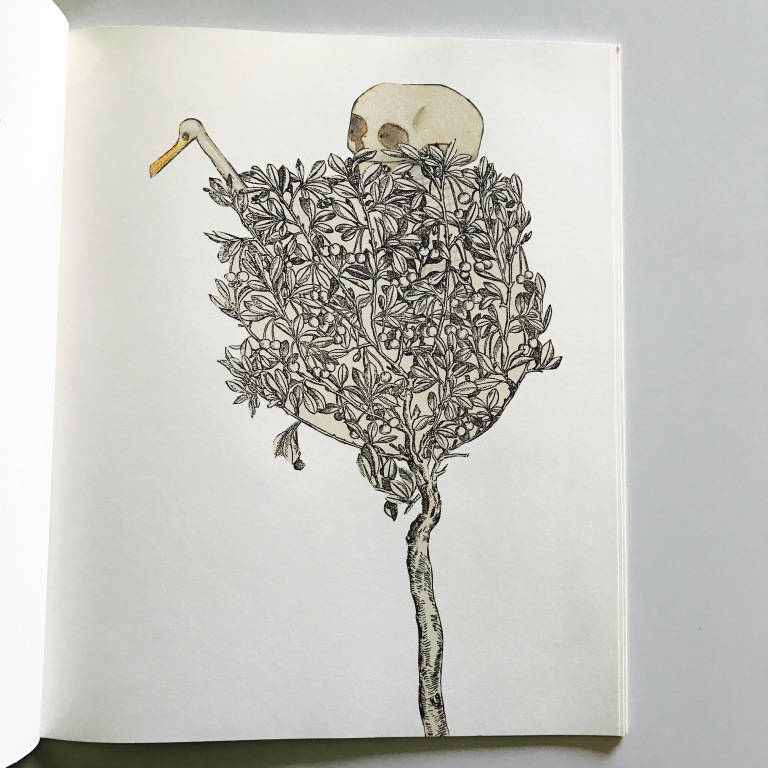
It’s a sensible question really – “What happens after I’m gone? Will I be missing the world or will it be missing me?” Some friends let your mind wander to far, uncomfortable spaces. Perhaps facing the existence of death helps look at things both, objectively
and emotionally.
When these questions are answered openly with kids (and adults), it can help put to rest the anxiety and discomfort around the concept of ‘not living any more.’

As children, we were not encouraged to talk about death. Or even joke about our deaths.
It was evil, a bad omen, avoidable as far as possible. A lot of unpleasantness is attached to it. And memories of sadness and loss. No wonder we grow to dislike it, deny it, and worse, fear it.
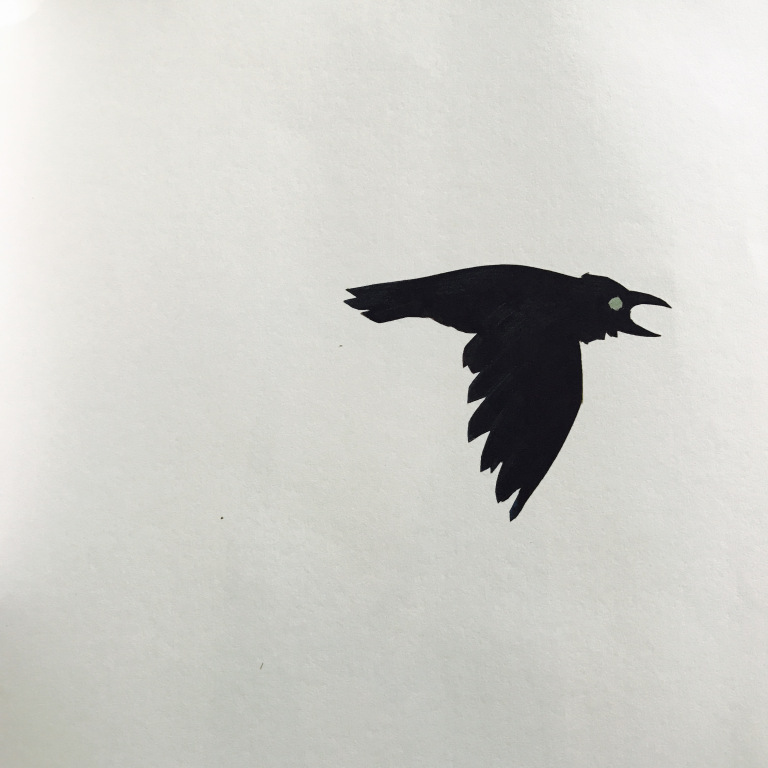
But it’s as real, and inevitable, as the sunset.
And just as beautiful.

Yes, it brings sadness. Doesn’t life, too?
But here’s what else it brings, that life may not – peace.
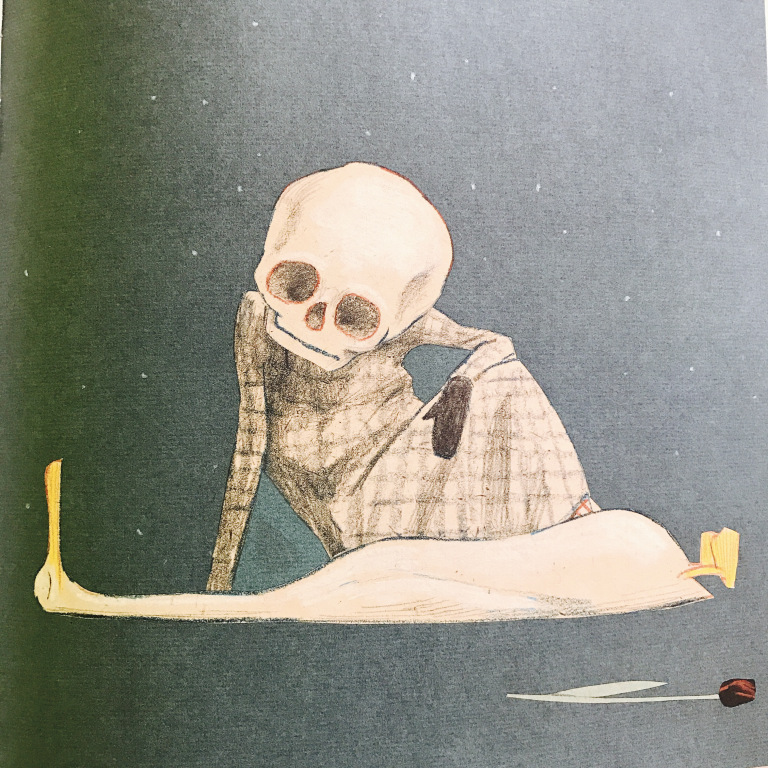
The more you think of it (and look at the page above), the more it seems real that death looks at us with kindness. It’s life that can be cruel at times.
If death is the companion that walks with us since our births,
it’s our choice to make a friend of it. And teach the kids the same.
Who knows how beautiful that would make this journey we call “being alive.”

Advertisements Share this:“Death must be so beautiful. To lie in the soft brown earth, with the grasses waving above one’s head, and listen to silence. To have no yesterday, and no tomorrow.
To forget time, to forgive life, to be at peace.” – Oscar Wilde, The Canterville Ghost
